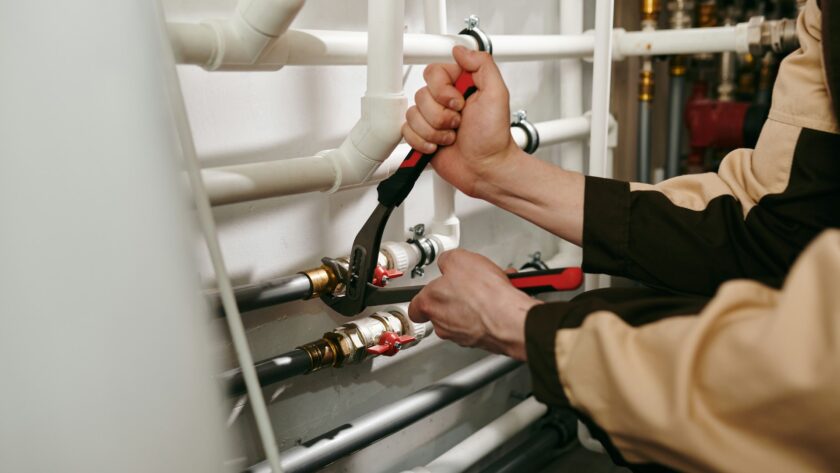Plumbing has been in use for over 5,000 years. Plumbing is one of the most crucial systems used in your home.
Can you imagine a world where you did not have access to clean drinking water at the turn of a spigot? What if you had to carry waste water away in a bucket?
Modern plumbing is one of the most underappreciated conveniences of modern life. Gone are the days of carrying water from a well or other water source. It’s been centuries since modern societies had to resort to digging holes to dispose of waste.
Yet how much do you know about your plumbing system?
Plumbing Pipes
The earliest known plumbing pipes were made of clay and were used to remove sewage from homes and send it to a nearby lake or other body of water.
Copper pipes were used in Egypt as early as 2500 BCE.
Galvanized Iron Pipes
During the early part of the 20th Century, galvanized iron pipes came into wide usage in water supply systems. The pipes are coated with a layer of zinc to prevent corrosion.
Galvanised pipes are no longer recommended for use in many jurisdictions. As the pipes age, the zinc coating corrodes and can release small amounts of zinc into the water supply.
They are also prone to a build-up of corrosion inside the pipes, which causes problems with water pressure. It can also result in discoloured or foul-smelling water.
If you have any of these issues, contact Flusso Plumbing if you are in the Sydney area for a complete assessment.
Copper Pipes
In the mid 20th Century copper pipes became the standard for residential and commercial plumbing systems.
They are corrosion-resistant and have a high heat tolerance. Some varieties are flexible making them ideal for supplying both hot and cold potable water.
Copper pipes can be more expensive than other types of plumbing pipes. They require skilled labour and specialised tools for installation. Regions that have highly acidic water may warrant additional measures when working with copper pipes.
Care has to be taken when working with some copper pipes, particularly Type M, soft copper. It is subject to water leaks when it is improperly or carelessly installed.
Make sure you understand how to choose the right plumbing contractor if you are contemplating changes to your plumbing.
PEX Pipes
The most recent development in the plumbing world is the introduction of PEX piping. PEX stands for cross-linked polyethylene. It has gained popularity because it is flexible, easy to install, and more affordable than other types of plumbing pipes.
When working with PEX pipes, or any other plumbing material, make sure your plumber complies with all pertinent building codes and permits.
PEX is so easy to work with that many DIYers feel confident in tackling their plumbing. It comes in different colours, so it is very easy to keep hot and cold water lines separated.
There is a lot more to know about plumbing, but now you know some of the basics and can talk more intelligently with your plumbing contractor.





